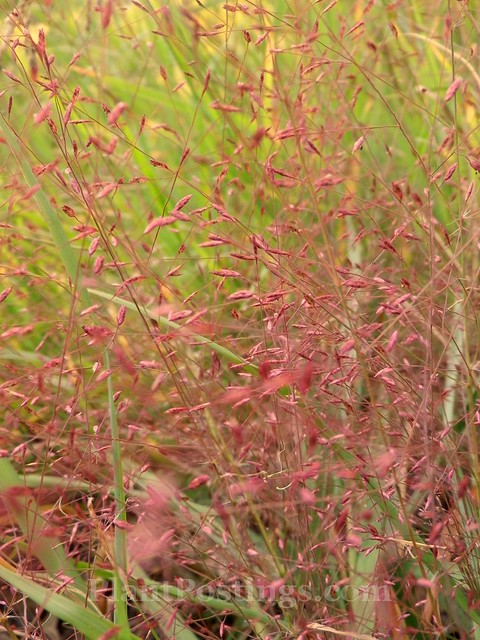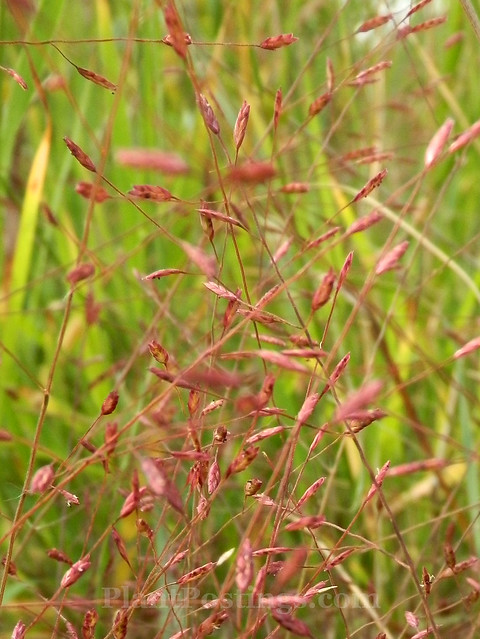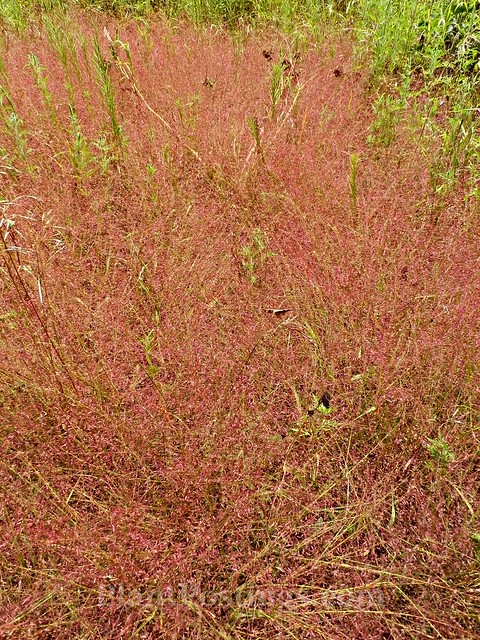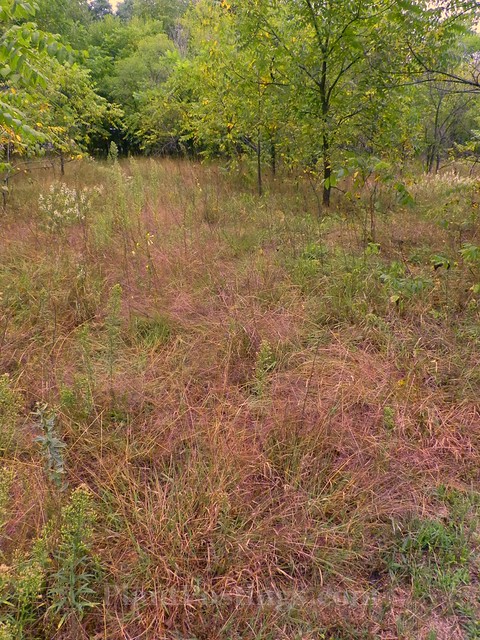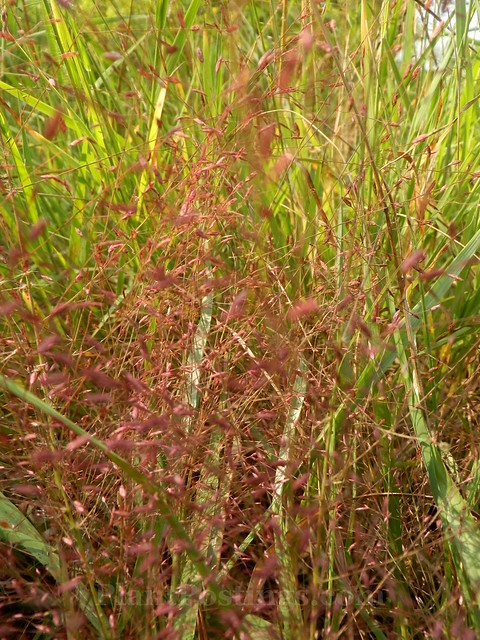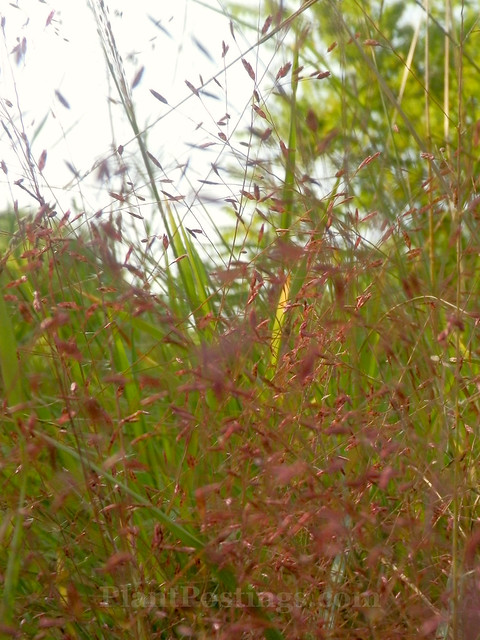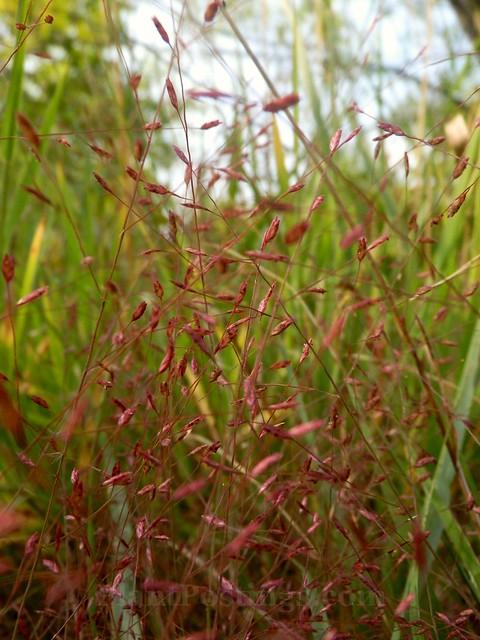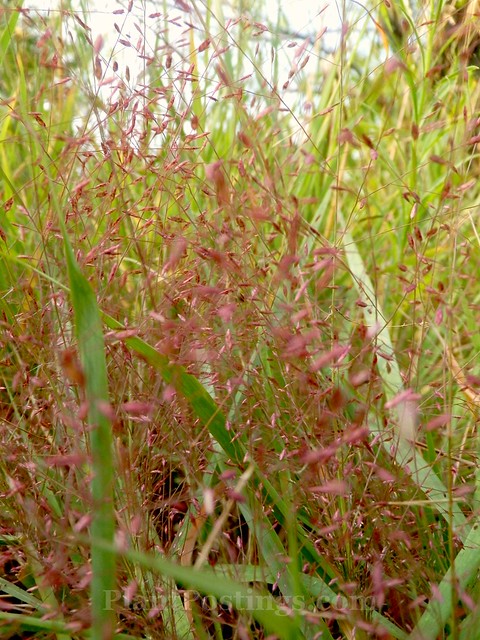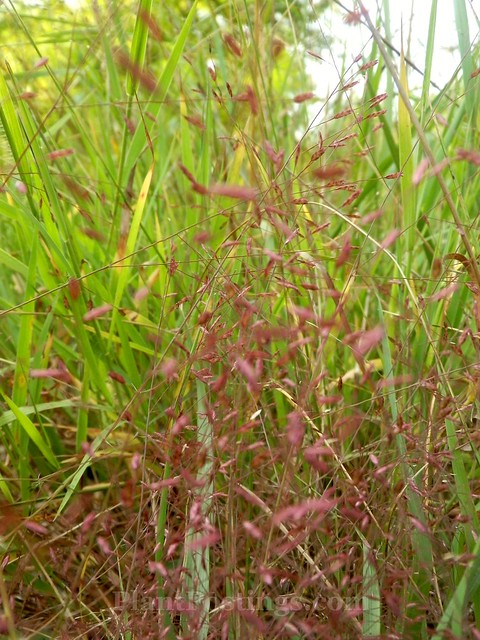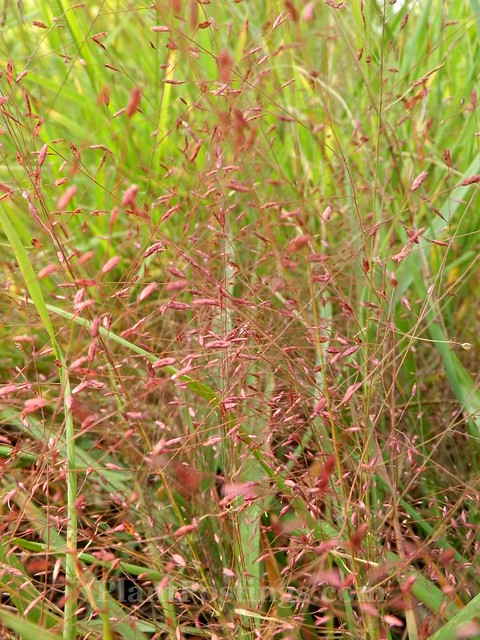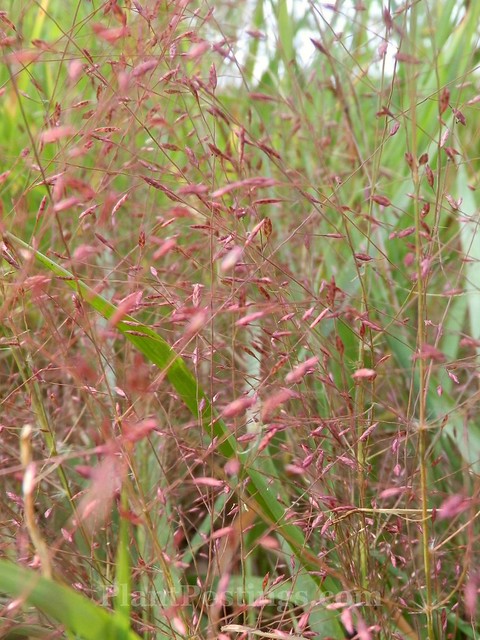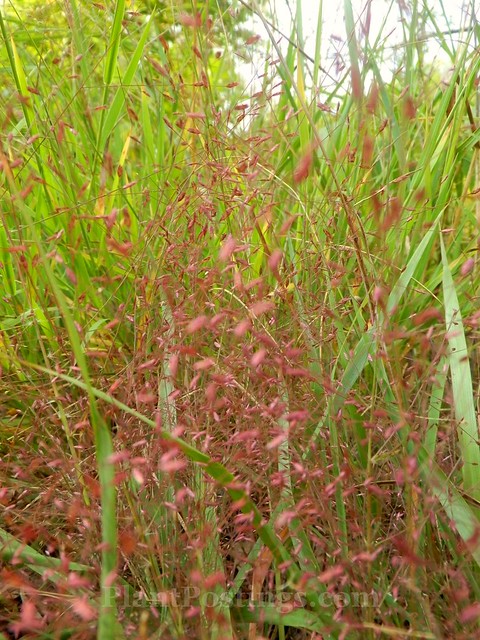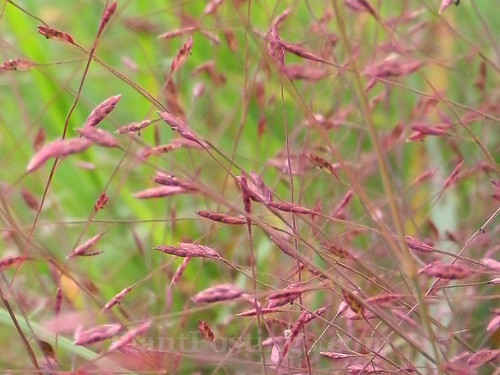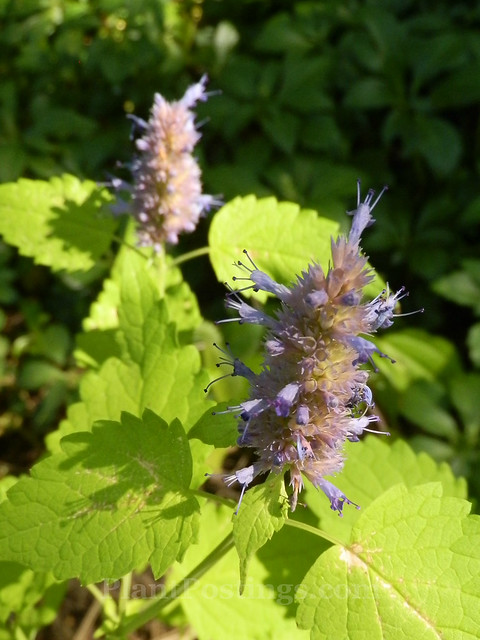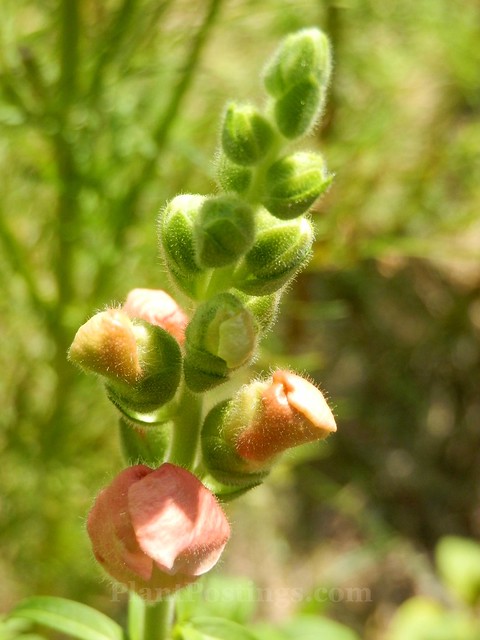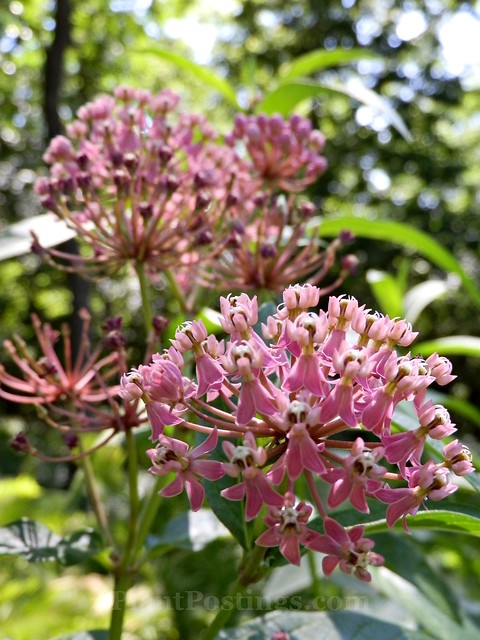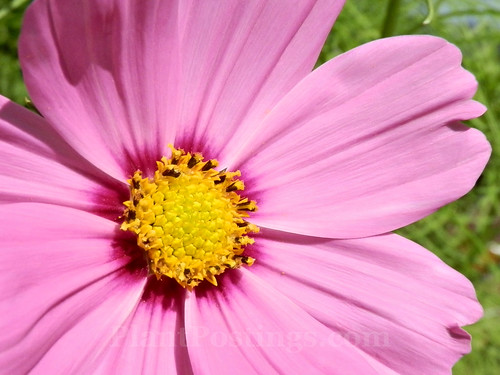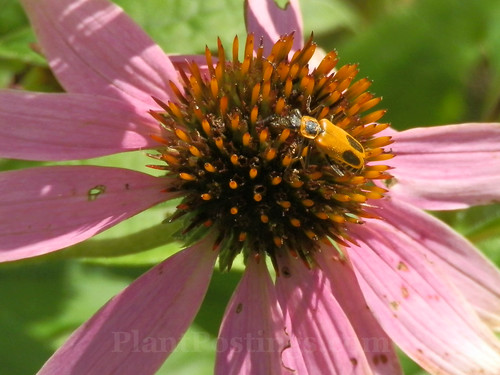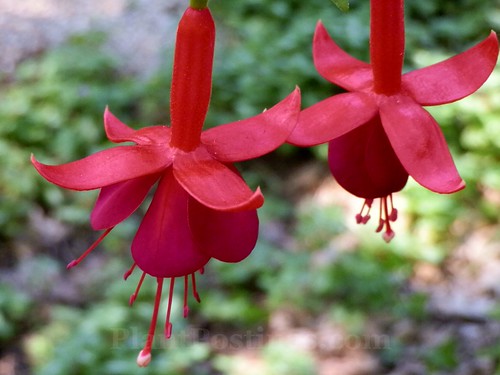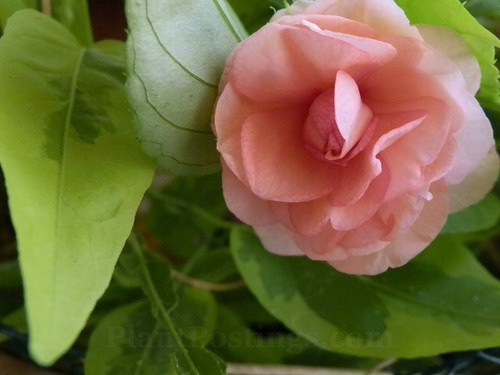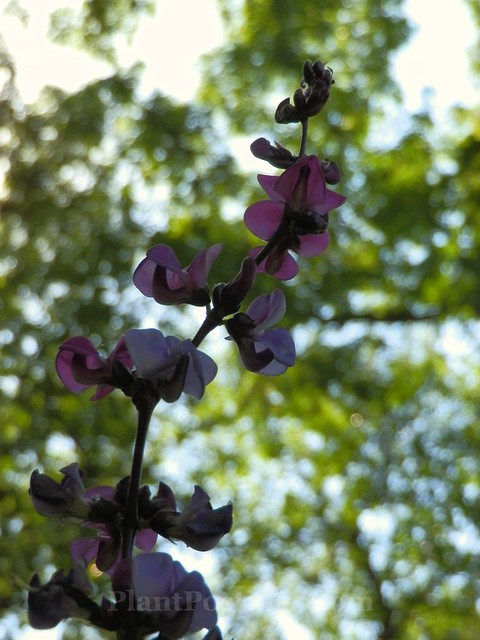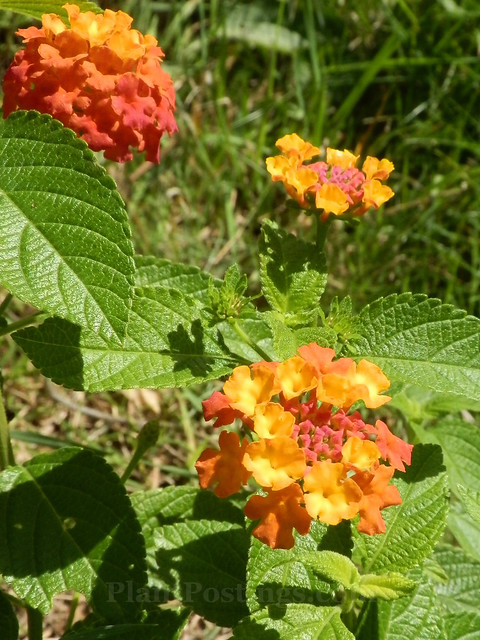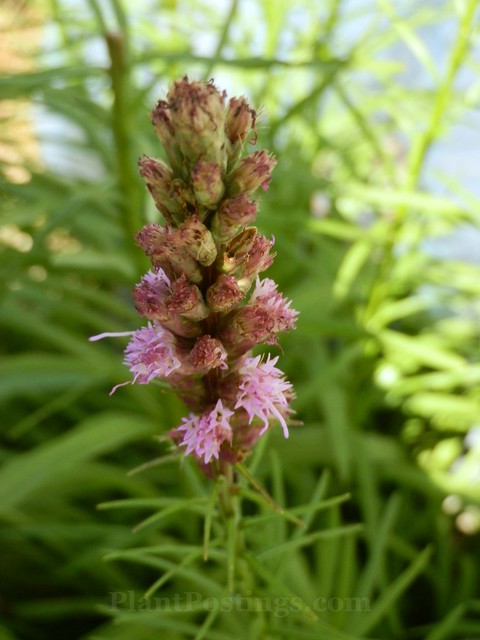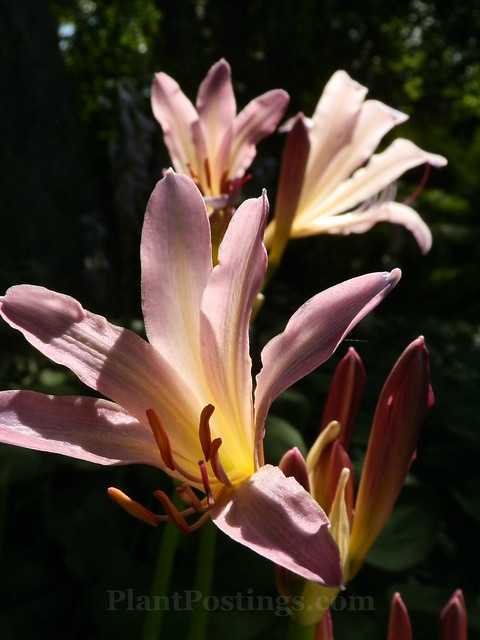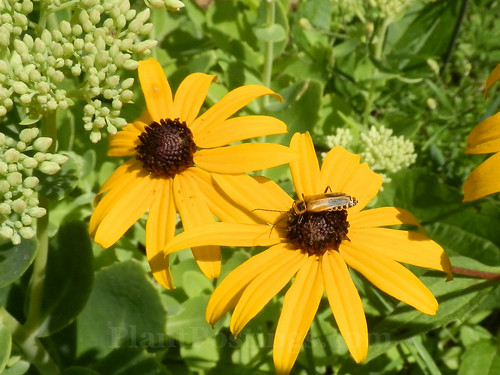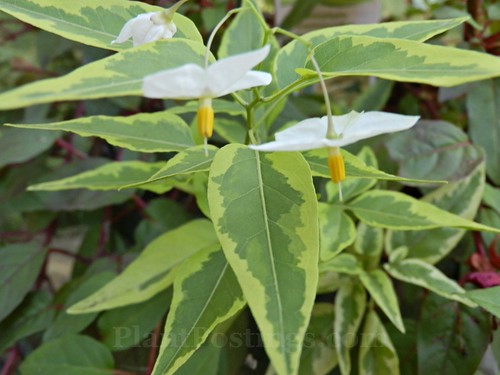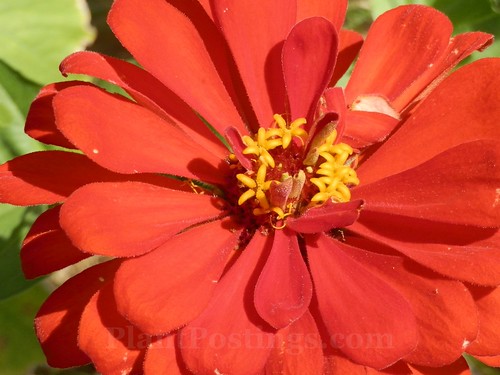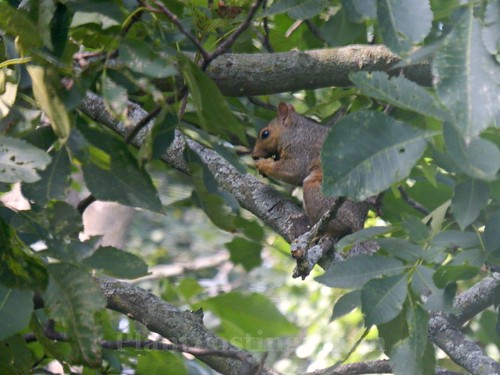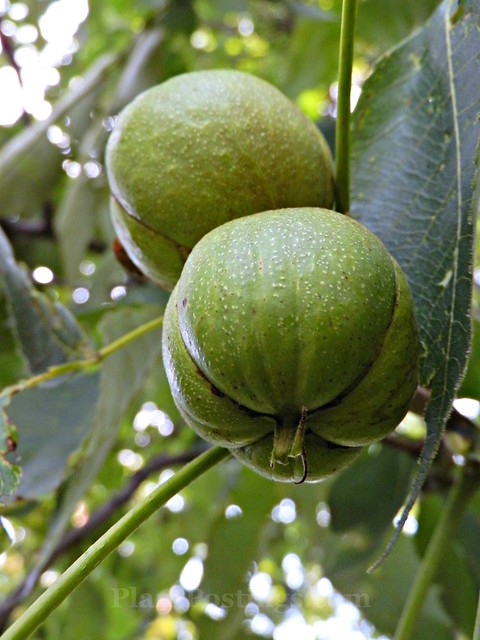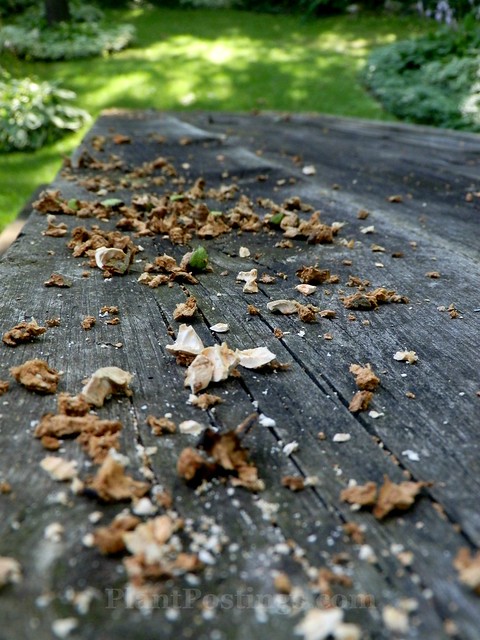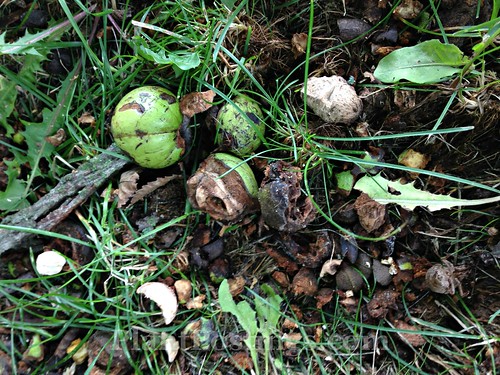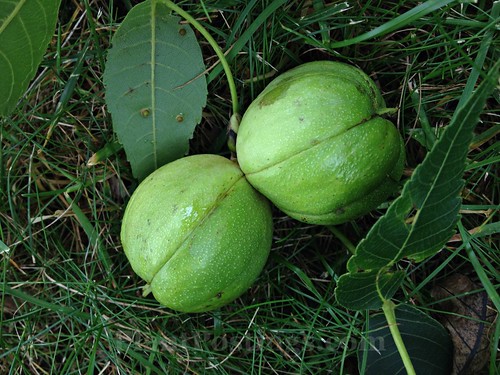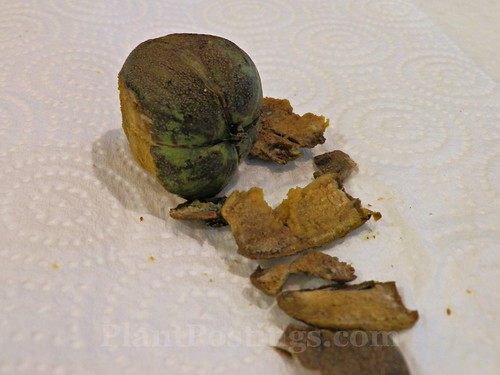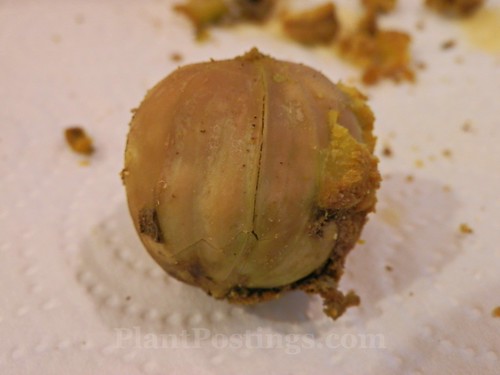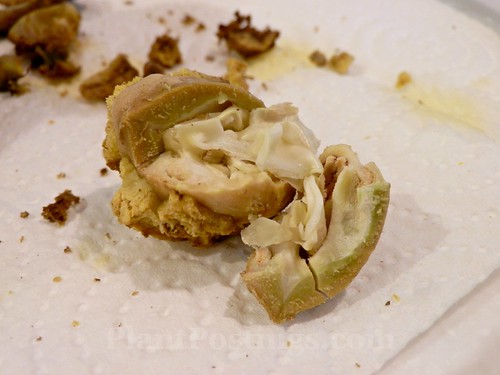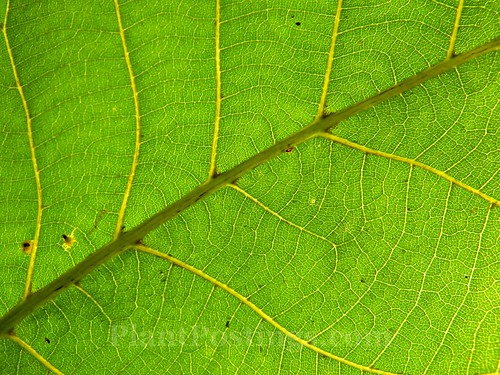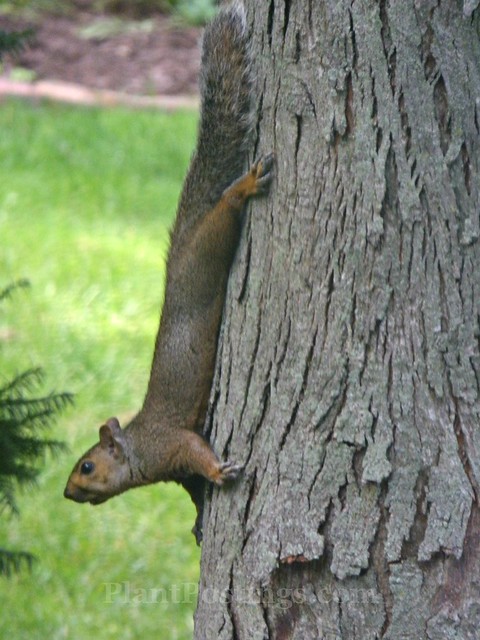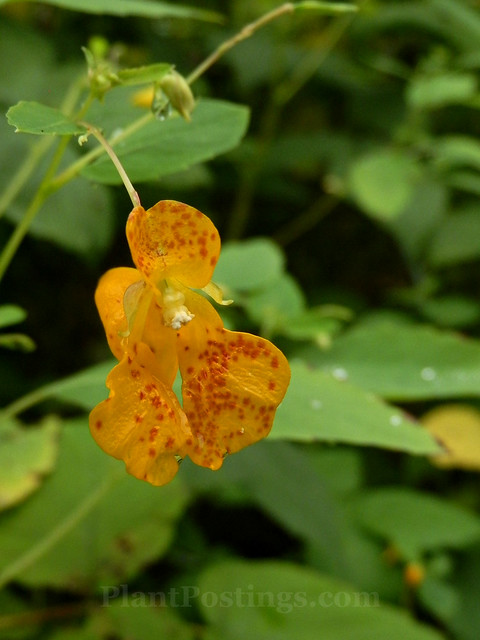
It's Wildflower Wednesday--the fourth Wednesday of the month--when gardeners around the world share information about some of their favorite wildflowers.
This month, my pick is Spotted Jewelweed (Impatiens capensis), also nicknamed Spotted Touch-Me-Not.
It's a tall (four feet), watery plant with delicate, one-inch flowers dressed in orange with red spots. Jewelweed is native to most of the Canadian provinces and the United States, except in the Southwest and some of the mountain states.
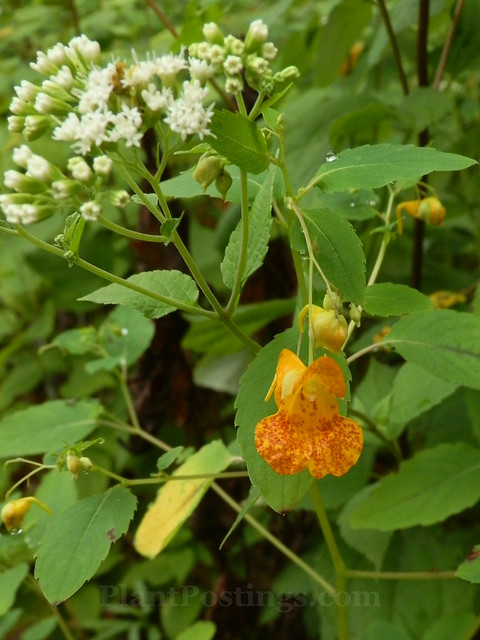
It's naturalized in several areas up at our cottage, including a section facing north near the road, alongside Snakeroot (Ageratina altissima).
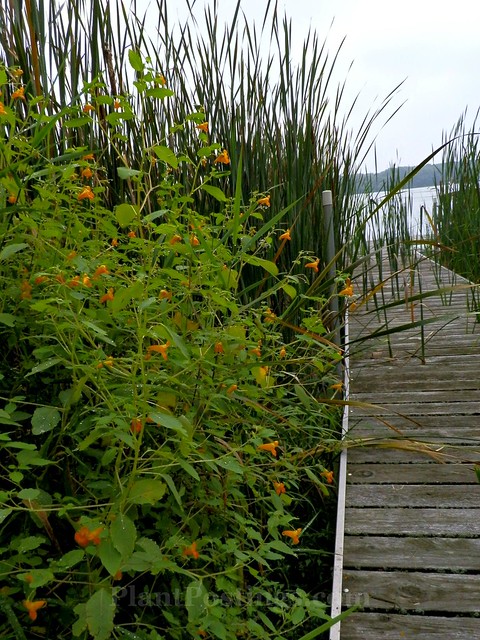
And an area facing south but blocked by tall Cattails (Typha spp.). In the past, the fishman knocked the plants back by the shore, but this year we decided to let them have their way (obviously, we need to trim the Cattails growing through the dock boards).
My last post was about a plant that prefers dry, sunny conditions, while this one prefers wet, shady conditions. But honestly, they've both naturalized in sandy soil and dappled sun, so the only real difference is the moisture level.
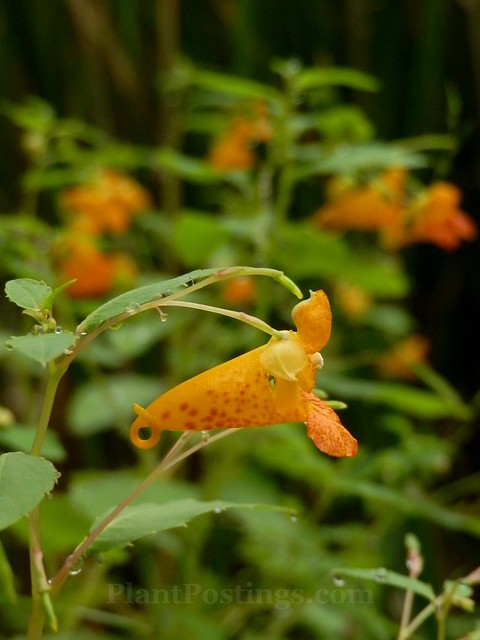
The flower of Spotted Jewelweed has a trumpet shape, with a curly tail at the base. A sack within the flower contains a fungicide that is said to soothe Poison Ivy (I've never had it after numerous encounters, so I've never tried this).
This wildflower, though native to our area, can be aggressive under the right conditions, so we'll keep it in check. This link includes some fun stories about Jewelweeds at The Eloise Butler Wildflower Garden in Minneapolis.
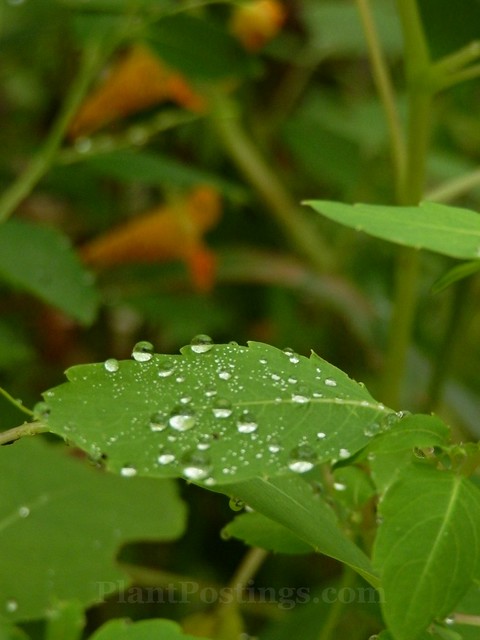
Here you see the reason for the name Jewelweed.
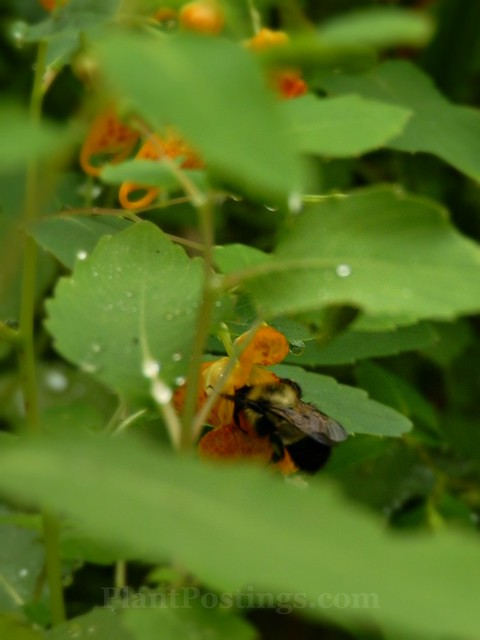
While I was watching, several bumbles crawled deeply into the flowers for pollen and nectar. They fit perfectly in the trumpet. Apparently, Hummingbirds often visit Spotted Jewelweed, too, and they prefer it over the Yellow Jewelweed (Impatiens pallida). I didn't see any hummingbirds on the Jewelweed during our last visit, but I can see why they would like it.
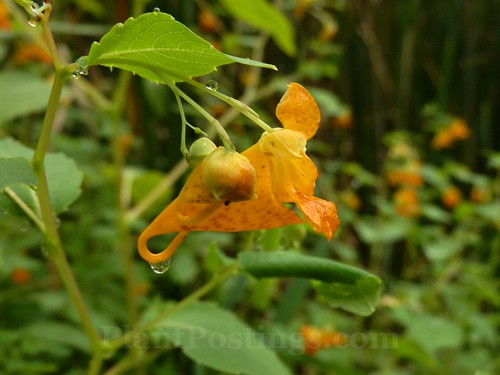
This photo shows the various stages of the flower and seeds--from small pale buds to bright orange flowers to developing seedpods.
The behavior of the seedpods is the source of the plants' other nickname: Touch-Me-Not. If you brush against them or touch them, when fully ripe, they explode--spewing their seeds an impressive distance (several feet).
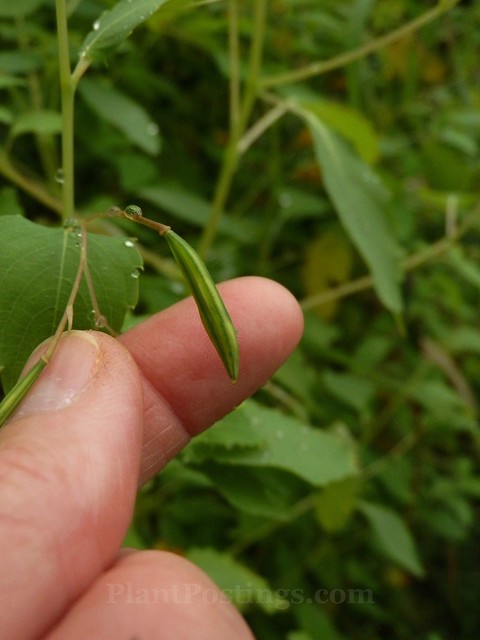
This seedpod isn't ripe, but pinching it will show how the pod curls back, releasing the seeds.
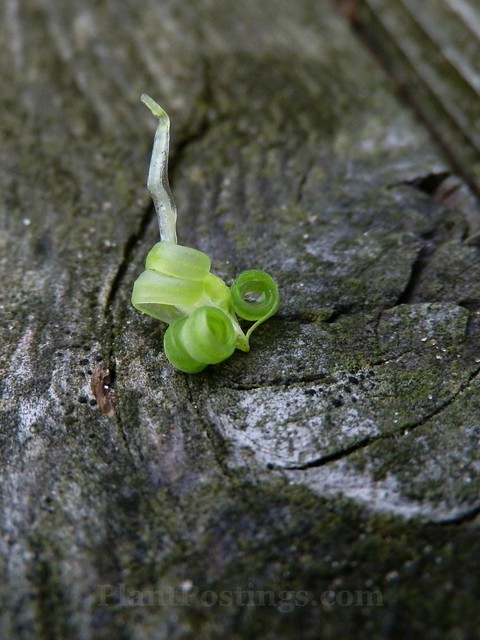
Here's the curled seedpod after the experiment.
I tried to load a video showing this explosive action, so we shall see if it works:
There you have it: Spotted Touch-Me-Not, aka Spotted Jewelweed. I'm linking in with Gail's Wildflower Wednesday over at Clay and Limestone. Head on over to her blog to learn about wildflowers from around the world.
Next up: my "Garden Lessons Learned" for the summer of 2014. What have you learned this season (summer, for those in the Northern Hemisphere; winter for those in the Southern Hemisphere)? I hope you'll join in!
